
Low vacancy in Grade A office market force occupiers to lease shadow space
Rental increases are unstoppable.
It has been noted that the low vacancy environment in the Hong Kong Grade A office market continued to force occupiers to lease future vacant space or shadow space, which made up most of the transactions recorded in Q1 2016.
According to a research note from CBRE, landlords continued to use the limited availability of space to drive further rental increases. Overall rents rose to 2.4% q-o-q in Q1 2016 after registering growth of 8.8% over the course of 2015.
Growth was once again led by Central while other districts recorded minor increases.
Here's more from CBRE:
“The uncertain economy and the increasingly challenging global banking environment raise questions over the sustainability of office demand. We have already noticed more surrender cases, particularly in Central. However, so far these spaces have been well absorbed due to limited vacancy and the fact that they are already fitted-out, making them attractive for replacement tenants,” Rhodri James, Executive Director, Office Services, CBRE Hong Kong.
CBRE Highlights Q1 2016: Net absorption on Hong Kong Island slowed from 40,200 sq. ft. in Q4 2015 to 11,700 sq. ft. in Q1 2016 due to slower leasing momentum and the lack of available space.
Most new leasing transactions were for shadow space or pre-commitments to future vacant space. Companies also became more cost sensitive and took longer to make leasing decisions.
Demand continued to be underpinned by insurance companies and mainland Chinese firms. Kowloon & New Territories continue to be the subject of relocation demand from firms presently located on Hong Kong Island.
Overall vacancy remained at 3.5%. Average vacancy on Hong Kong Island stood at 2.6% while that in Central was unchanged at 1.2%. Vacancy in Kowloon and the New Territories edged up marginally to 4.5%. Overall rents rose 2.4% q-o-q in Q1 2016. Hong Kong Island recorded average rental growth of 3.2% q-o-q, with Central being the biggest contributor (5.2% q-o-q).



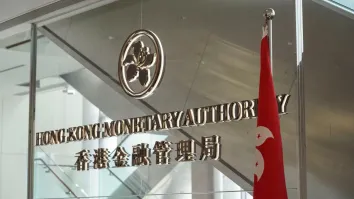

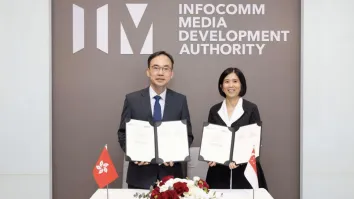
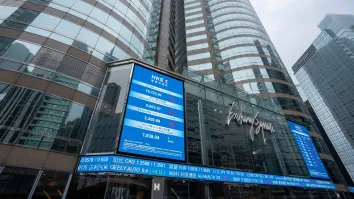








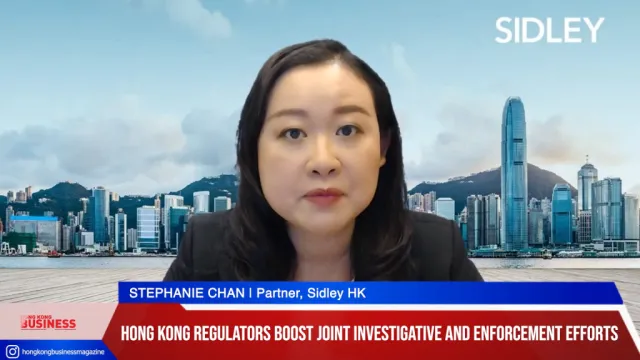
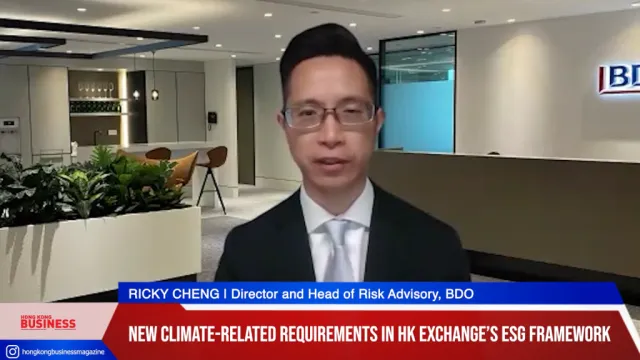
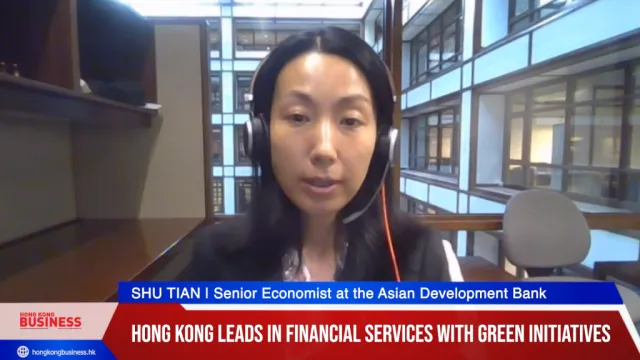
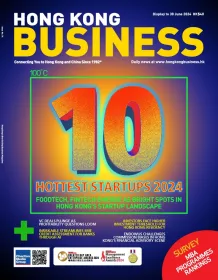
 Advertise
Advertise






